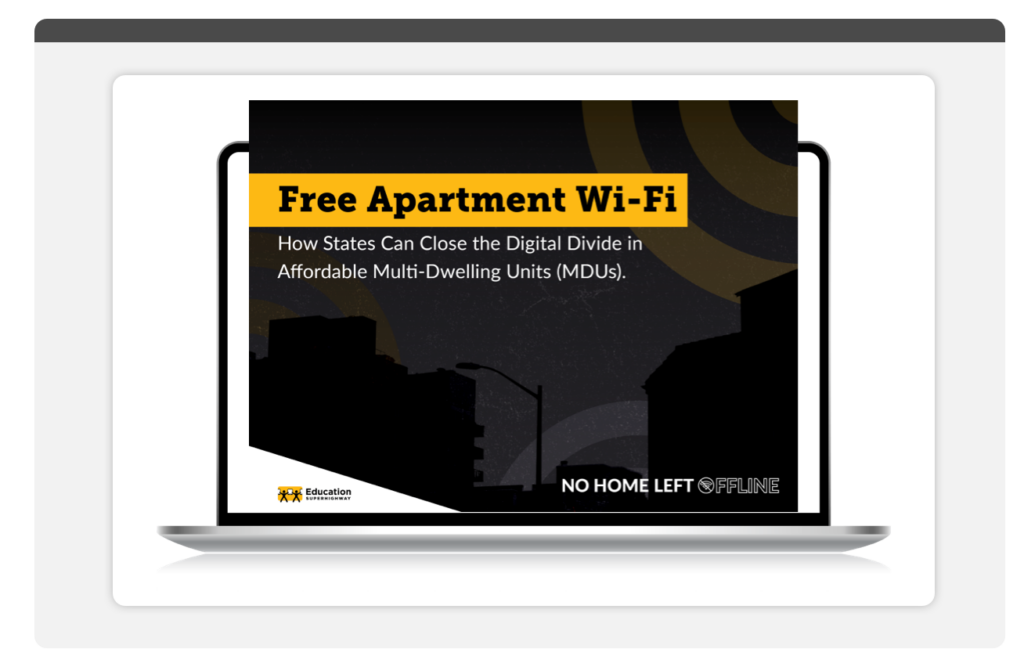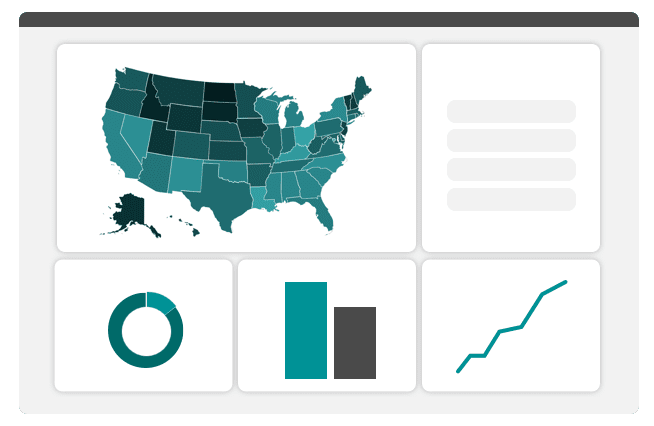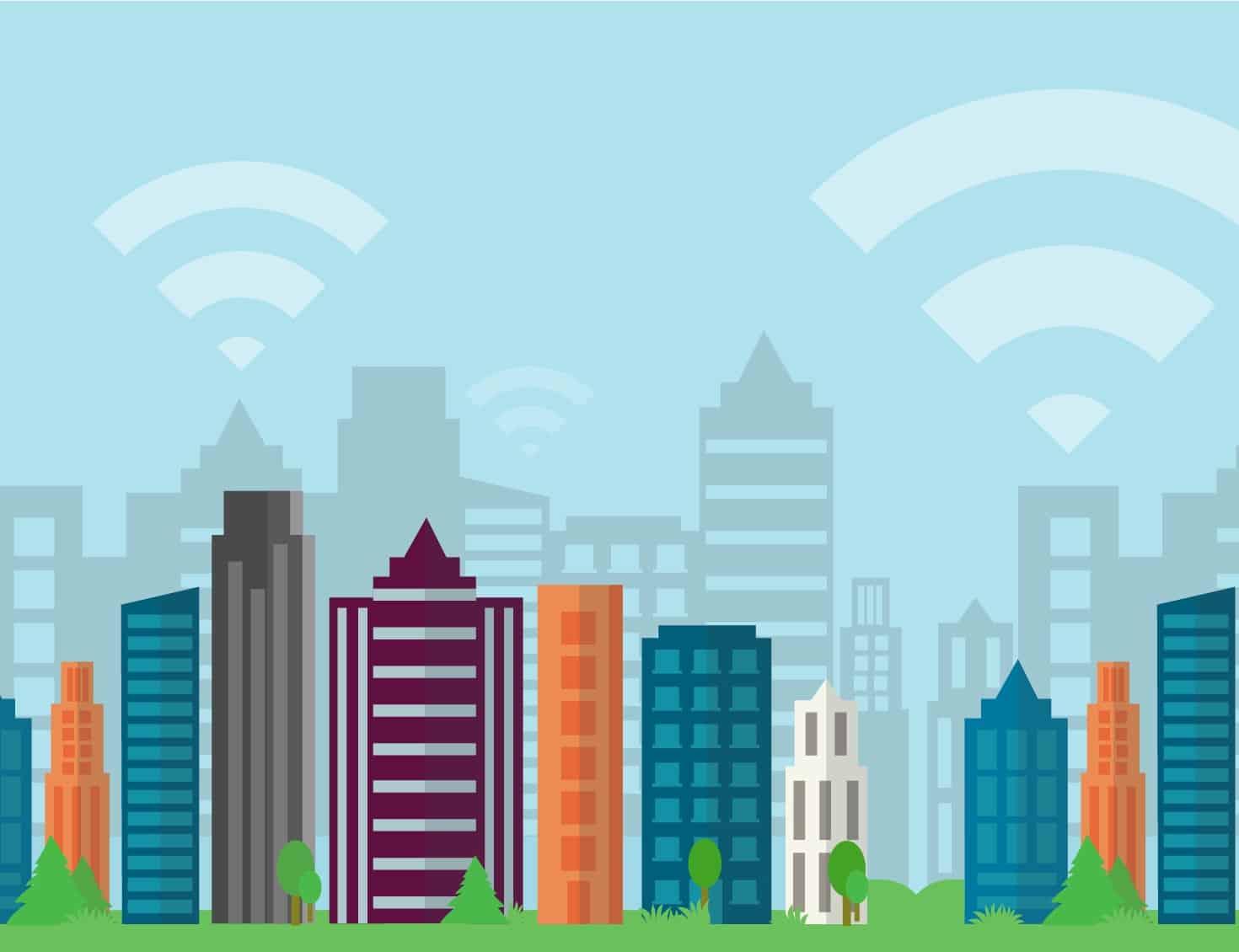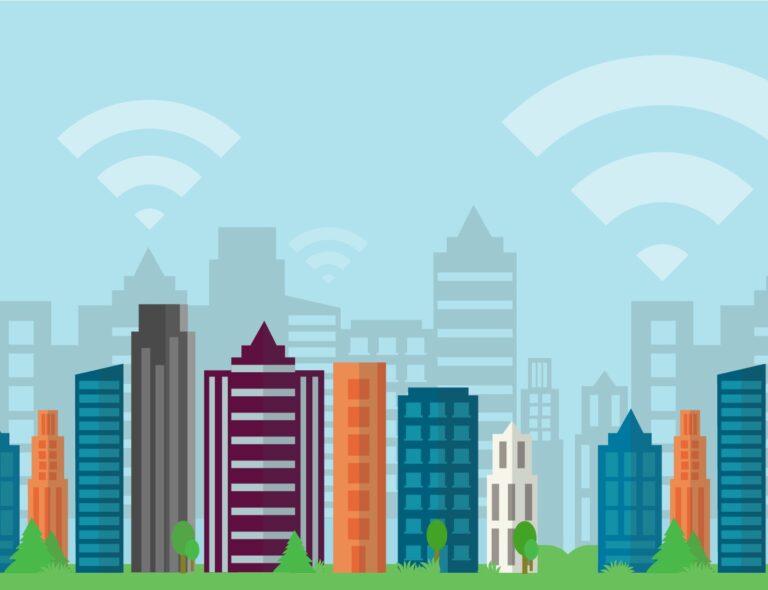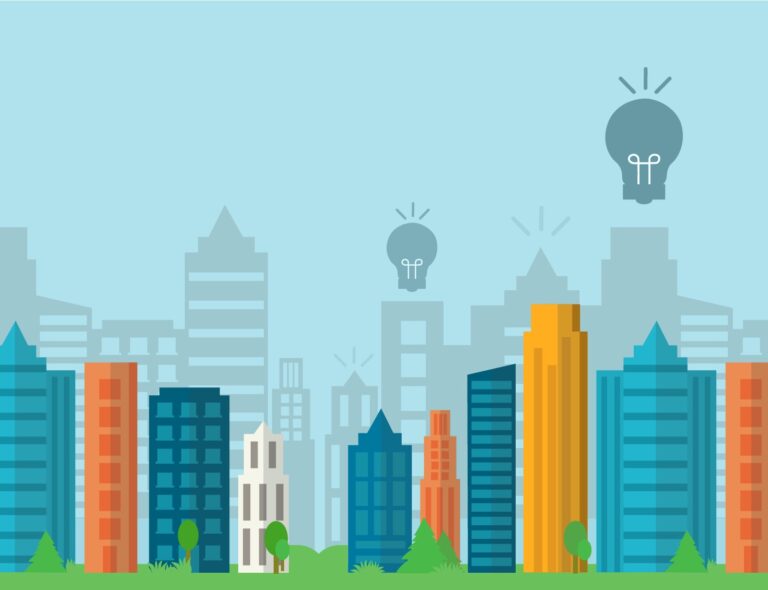Allocations from the $42.45 billion Broadband Equity, Access, and Deployment (BEAD) Program and the Digital Equity Act (DEA) can achieve maximum impact by prioritizing bringing high-speed home internet to households in unserved and underserved affordable multifamily housing (MDUs). Installing internet and Wi-Fi infrastructure or providing reduced-cost broadband within a multi-family residential building is an eligible use of these funds and has the potential to connect nearly four million U.S. households. The foundation of the allocation process for states is ensuring the accuracy of the National Broadband Map through a thorough state challenge process.
EducationSuperHighway, an expert in broadband connectivity, is submitting challenges and offering assistance with prioritizing MDU connectivity in BEAD and DEA planning.
Why Are We Submitting Challenges?
The current National Broadband Map relies on self-reported service availability data from Internet Service Providers regarding the connectivity status of MDUs, and this data varies greatly in accuracy. To mitigate the risk of severely undercounting unconnected households due to inaccurate data, NTIA instituted a challenge process by which states can accept challenges to the map from eligible institutions. Unfortunately, the burden of proof relies on everyday consumers to demonstrate that they live in an unserved or underserved broadband serviceable location (BSL).
EducationSuperHighway is participating in all states’ challenge processes to ensure maps reflect the reality of connectivity for households living in MDUs, helping ensure that BEAD truly achieves Internet For All. Of the challenge types NTIA allows, we are focused on submitting service availability and CAI challenges.
One downside of The National Broadband Map is undercounting the number of connected households by indicating an entire building that contains multiple serviceable households is one BSL, just like a single-family home. Using this reasoning, if a single household in a 100-unit building is connected and 99 are not, the entire building will be classified as served. We performed a series of desktop assessments reinforcing this misclassification of service level, and we highlighted several examples in our February 2024 webinar.
Our Process
The EducationSuperHighway team has, to date, dedicated nearly 10,000 hours to completing approximately 8,800 challenges by attempting to order service to each ostensibly “served” location on the National Broadband Map that fits the following criteria:
- Is an MDU
- Has 50 or more units
- All affordable & public housing
- All other MDUs in a census tract that is either high-poverty or highly-unconnected
This totals approximately nearly 85,000 locations nationwide.
These results are documented with screenshots from provider websites, compiled, and submitted via the relevant Challenge Submission Portal. With rare exceptions, these challenges must be submitted one by one. Reviewers should expect to receive screenshots from provider websites as admissible evidence that locations are misclassified on the National Broadband Map and are encouraged to contact us with questions about our included evidence.
This property in Choteau, MT, is an MDU listed as served by major providers on the National Broadband Map. However, when EducationSuperHighway team members attempted to order service to that address, it was identified as underserved.
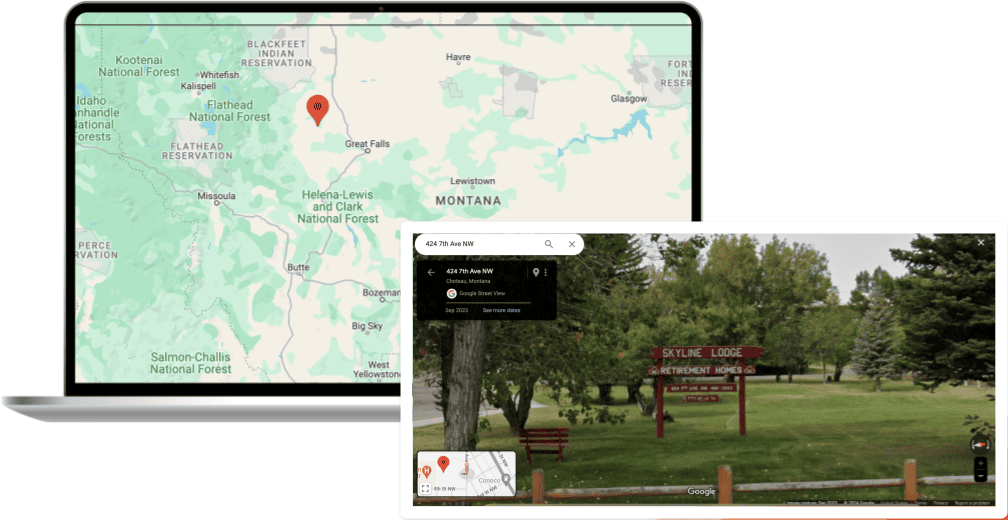
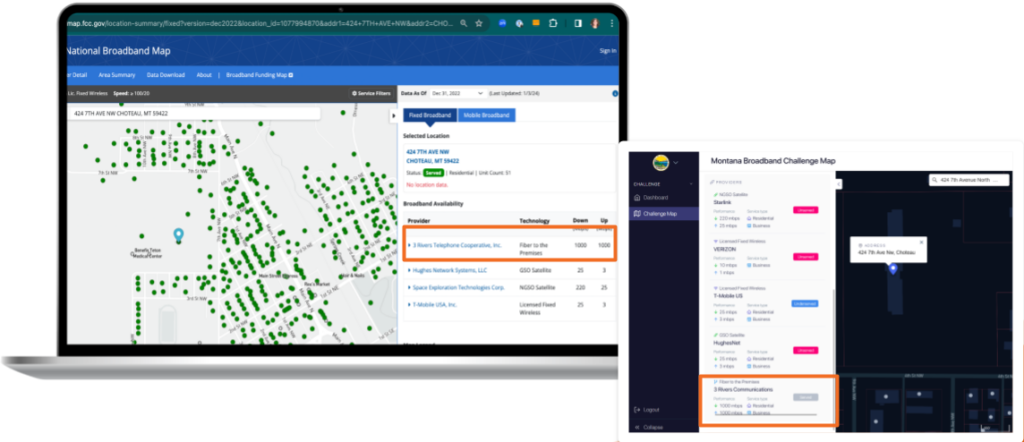
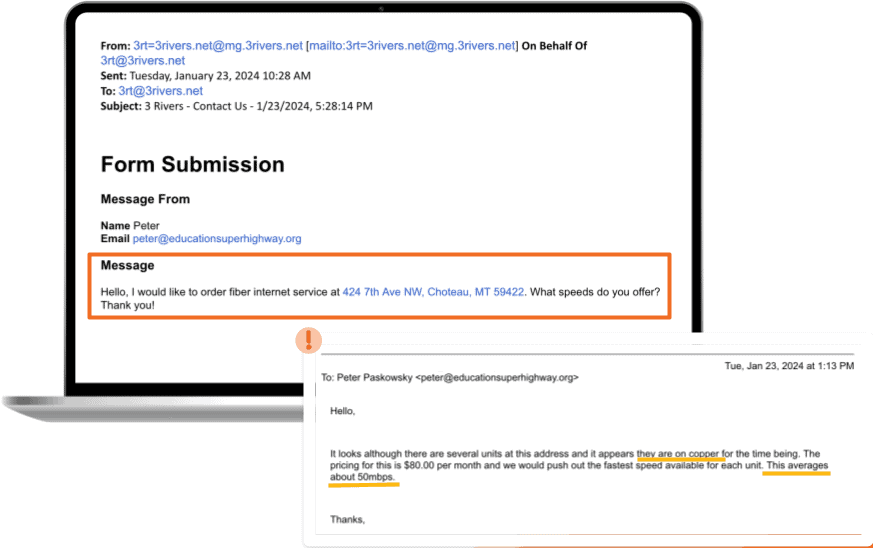
How We Can Help
EducationSuperHighway submitted more than 1,500 CAI challenges while participating in Louisiana’s challenge process. The state allowed for bulk submissions, streamlining the challenge and review process. As a result, 99% of challenged locations were reclassified as Community Anchor Institutions. Ensuring gigabit fiber is accessible at these locations can connect nearly 92,000 households and 141,000 Louisiana residents to home internet.
“Louisiana is grateful for EducationSuperHighway’s dedication to availability and CAI submissions during our challenge process. We are impressed by their continued commitment to ensuring the National Broadband Maps reflect the actual connectivity status of eligible properties. The evidence provided in their challenge submissions has enhanced our ability to effectively allocate BEAD funds towards bridging the digital divide for thousands of MDU residents in our state.
Veneeth Iyengar, Executive Director
Louisiana Office of Broadband Development & Connectivity
Next Steps for States
If your state has not begun its challenge process, please consider enabling bulk challenges for easy submission and review. This simple adjustment will help resource-limited nonprofits and local governments efficiently prove the actual connectivity status of MDUs that can connect millions of residents. States that have completed their challenge process can use our language recommendations to incentivize MDU connectivity in DEA and revised BEAD Volume 2 plans.

